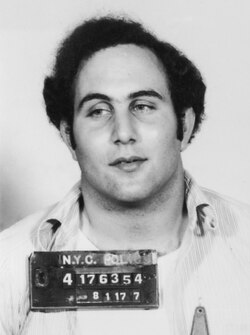
Introduction
The Son of Sam, also known as David Berkowitz, is one of the most notorious serial killers in American history. His gruesome crime spree from 1976 to 1977 in New York City not only instilled fear in the public but also sparked widespread media coverage and discussions around mental health and criminal justice. Understanding the events surrounding his actions and the subsequent societal impact is crucial for grasping the complexities of crime and punishment in modern society.
The Crime Spree
Berkowitz began his assaults during the summer of 1976, claiming to be on a mission from a demonic dog. Over the course of a year, he killed six people and injured several others, terrorizing the city. His crimes were characterized by a distinctive pattern: Berkowitz primarily targeted young couples in parked cars and used a .44 caliber revolver, which led to the media dubbing him the “.44 Caliber Killer.” His letters to the police and the press further fueled public anxiety, as they revealed a sinister psychological edge to his persona.
Arrest and Revelations
On August 10, 1977, after a thorough investigation marked by public tips and frantic media coverage, Berkowitz was arrested. His subsequent confessions revealed not only the chilling details of his crimes but also his troubled upbringing and mental health struggles. Berkowitz was diagnosed with paranoid schizophrenia, which raised questions about the nature of his crime and the justice system’s capacity to handle individuals with severe mental illnesses.
Impact on Society
The Son of Sam case had profound implications for law enforcement and media relations. It highlighted the need for improved investigative techniques and the importance of mental health awareness. Additionally, the extensive media coverage of the case initiated serious discussions about the ethics of sensationalism in crime reporting, as the press grappled with their role in shaping public perception and potential stigma against mental health issues.
Conclusion
The Son of Sam remains a significant figure in the annals of American crime history. His actions sparked changes in police procedure and mental health discourse that resonate to this day. As society reflects on these events, it becomes evident that understanding the psychological underpinnings of criminal behavior is essential in preventing future tragedies. The legacy of the Son of Sam serves as a stark reminder of the complexities surrounding crime, mental health, and the media’s role in shaping narratives.

